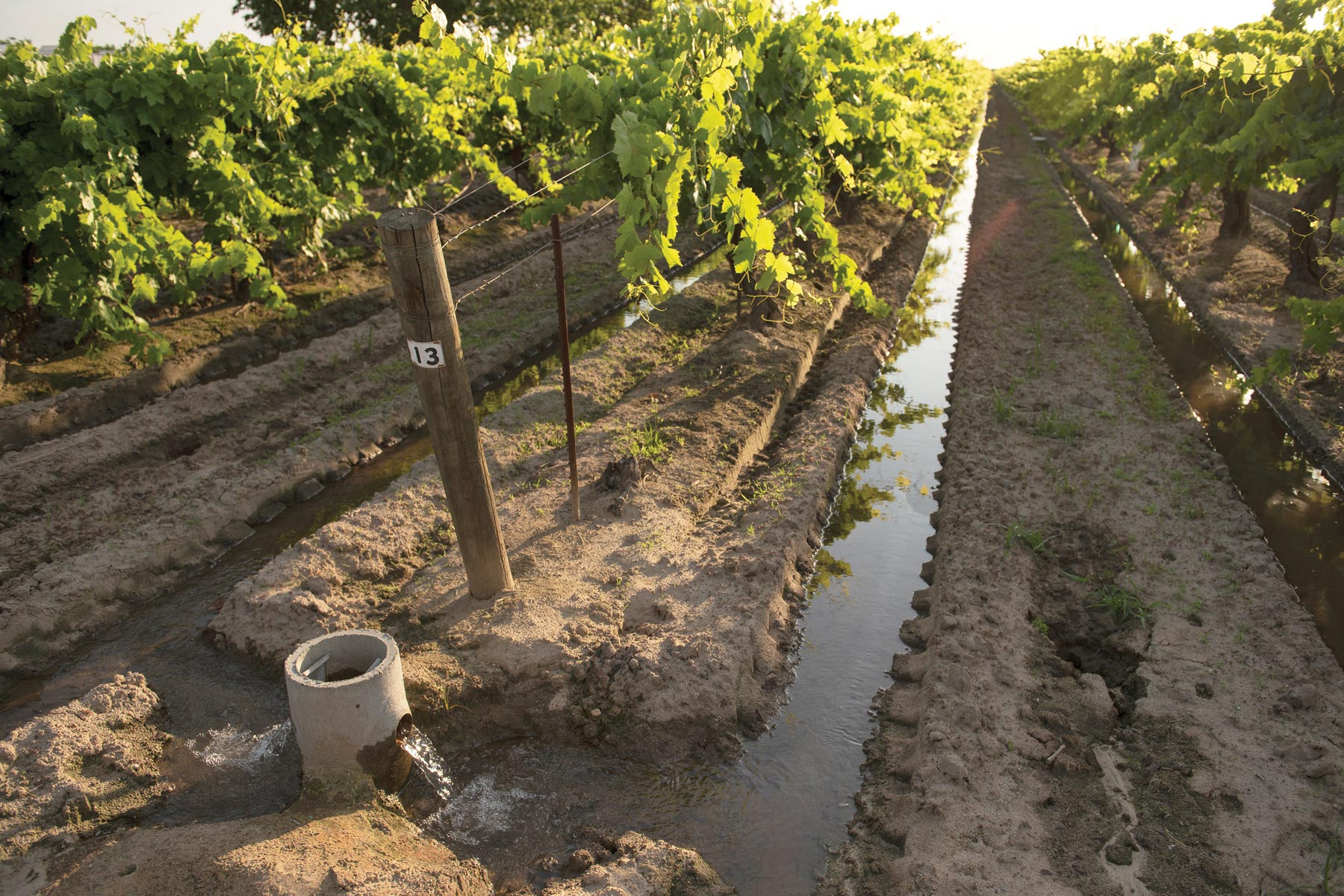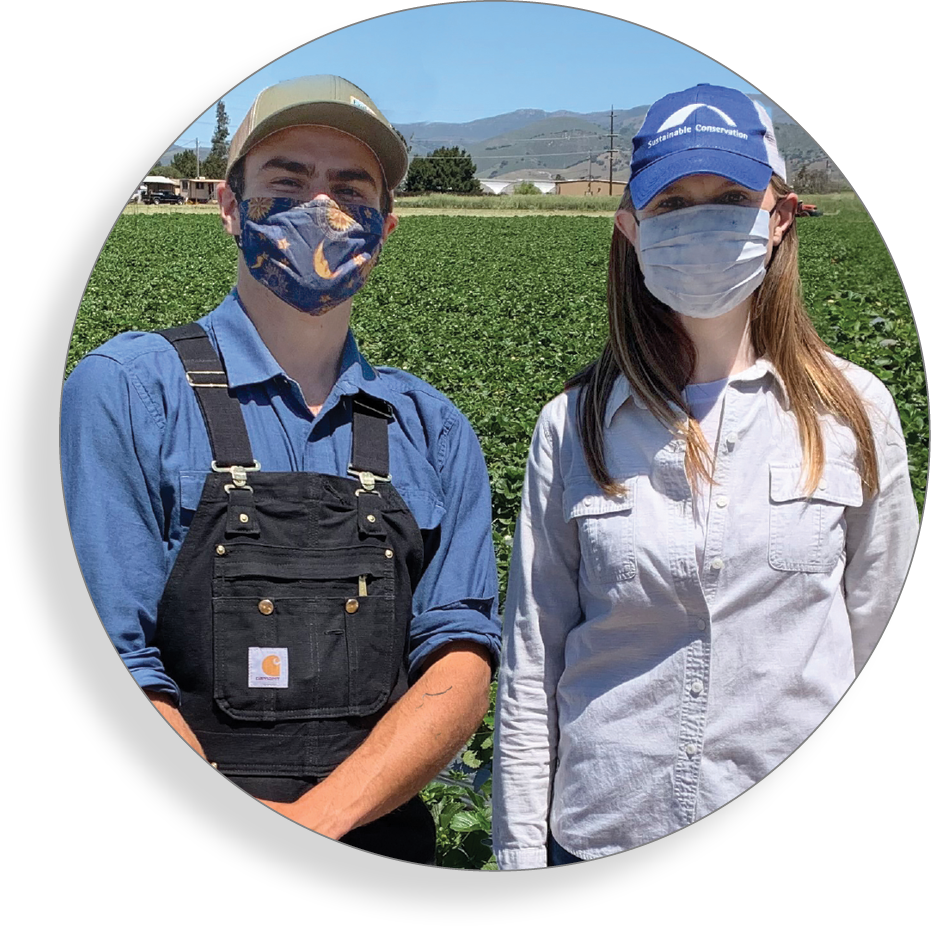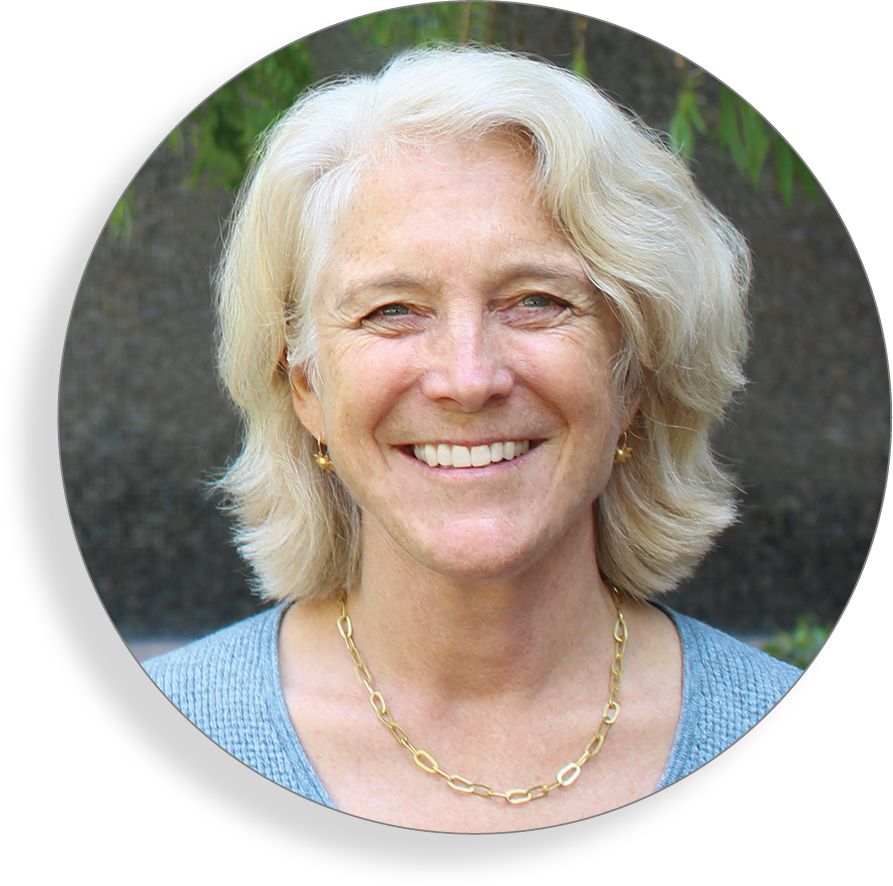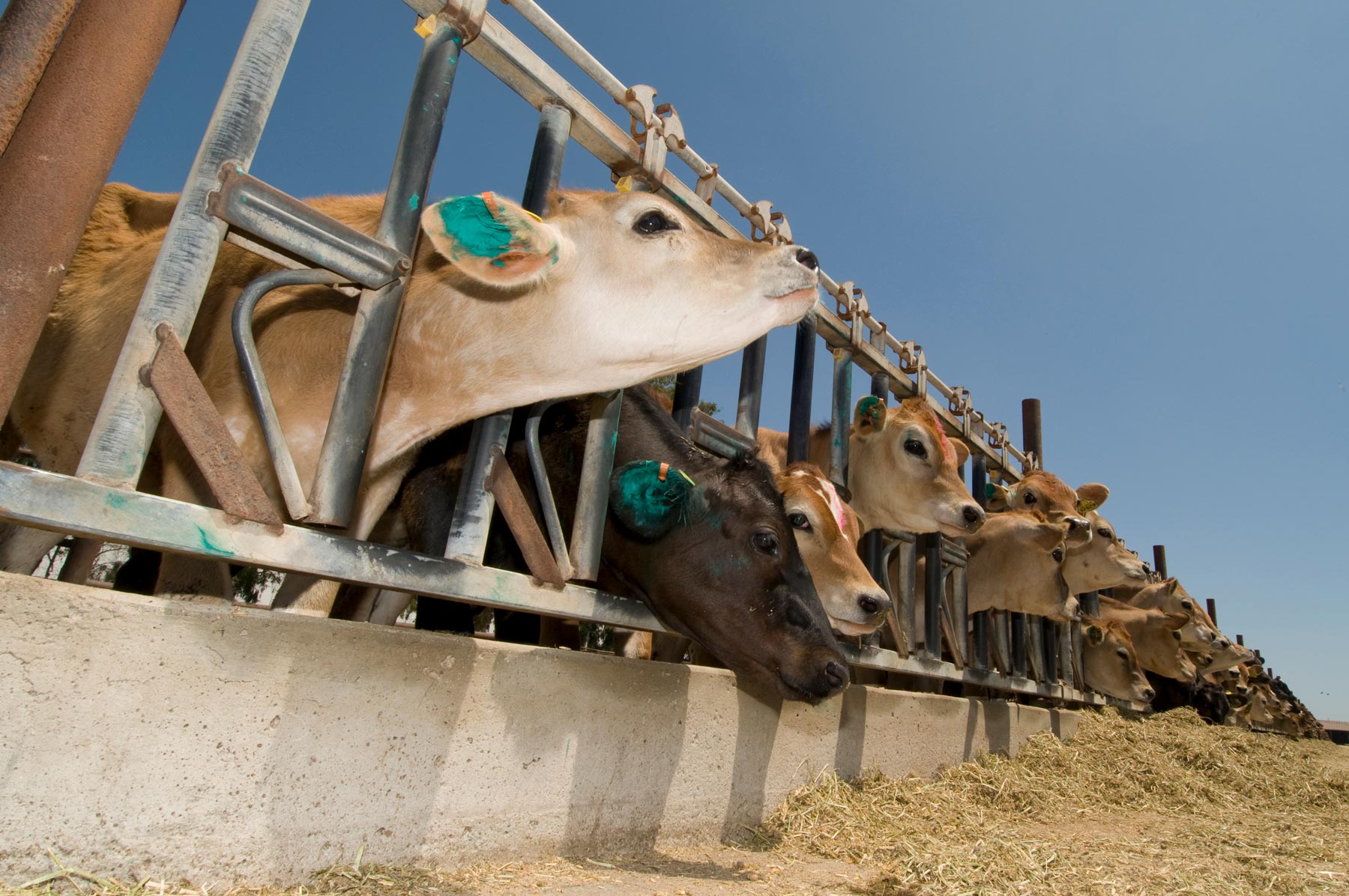CALIFORNIA WATER
What’s next? In a time of compounding tragedy and great uncertainty, this is the question many of us are asking. Californians, like our neighbors all over the world, have been through a lot in the past year and a half. Global pandemic, worsening drought, devastating wildfires, over a million people without clean drinking water… What’s next?
What If?
But what if we took this question as one of opportunity – as in, what’s next for our potential as a connected community who cares for people and the planet in equal measure? What if we choose to learn from past mistakes, integrate the wisdom of natural systems, and prioritize the health of folks impacted most by the grave environmental challenges before us? It’s entirely possible.Solving for Multiple Problems
Our water issues are connected. Amid an increasing drought, it might seem counterintuitive to focus on water quality – but now is the right time to do so to avoid exacerbating problems down the road. Sustainable Conservation and our partners have the tools, California has the moxie, and we all have a window of opportunity to put forth partnerships, practices, and policies that solve for several problems at once.
Planning Ahead
That means planning ahead and thinking holistically: that when we have the chance to replenish our aquifers, we’re also keeping an eye on water quality. That as California farmers grow food to feed the nation, we’re providing them with tools to safeguard drinking water supplies. That when we restore habitat for fish and wildlife, we’re tending to clean water in our rivers and streams and reducing flood risks for humans.NEW RESOURCES
Did you know that over 600,000 Californians rely on nitrate-contaminated public supply wells for their household water needs? Many others struggle with polluted groundwater from private, domestic wells. Replenishing our aquifers with water quality as a top priority will help all of us.
Doing Our Part
That’s why Sustainable Conservation is delighted to introduce a set of resources – developed with California farming, water, science, and community leaders – to inform on-farm recharge practices that are protective of water quality and support a thriving agricultural economy in compliance with the Sustainable Groundwater Management Act. Replenishing aquifers by allowing surface water to seep into the ground has great potential to help water managers and agricultural communities achieve groundwater sustainability. When recharging on farm fields – a practice known as Agricultural Managed Aquifer Recharge (AgMAR) – the potential mobilization of nitrate and salts is a serious concern, and this guidance suite presents field- and regional-scale considerations to protect community water quality.
Recharge is a powerful, beneficial way to boost our water sustainability in California, but it needs to be done with unintended consequences in mind. The guidance that Sustainable Conservation developed can help me replenish our underground reserves, and protect the quality of those reserves for everyone.”
Don Cameron, Terranova Ranch Vice President and General Manager, and recharge pioneer

As Groundwater Sustainability Agencies codify practices to attain groundwater sustainability, community drinking water quality must be front and center in any effort to protect our water supplies. Sustainable Conservation’s guidance is key for growers, water managers, and communities who want to practice recharge, so they can do so in ways that protect drinking water.”
Amanda Monaco, Leadership Counsel for Justice and Accountability Water Programs Policy Coordinator
SCIENCE BRIEF

We can support healthy soils – and the water quality and climate solutions they provide – by bringing a time-worn method back into vogue: cover crops. We’re happy to report that, thanks in part to Sustainable Conservation’s advocacy (led by Conservation Incentives Project Director Kelli McCune, pictured at right above with Program Associate Elliot Grant), the Central Coast Water Board’s new agricultural order includes an incentive for growers to use cover crops to mitigate nitrogen leaching from irrigated farmland.
SUSTAINING OUR CROPLANDS
Nitrogen is an essential nutrient for plants and this tricky chemical is applied to crops via synthetic and organic fertilizers. If we apply too much nitrogen, however, it can flush into our aquifers, polluting them and contaminating a critical source of drinking water.SOIL FARMS OUR FOOD
While we farm the soil, soil farms our food. Cover cropping, or planting a soil- and water-friendly crop in between planting seasons, can reduce erosion, aid water retention, and store nutrients for later plant uptake. Cover crops scavenge for nitrogen leftover in the soil from past fertilizer applications – a water quality-boosting activity that prevents nitrogen from leaching into our aquifers. Farmers then mow the cover to make way for food crops, and the biomass left behind slowly decomposes. Soil microbes eat the biomass and transform the organic nitrogen into mineral nitrogen that feeds the plants and helps the next lettuce, broccoli, or berry crop flourish.
BONUS BENEFIT
As those soil microbes die, they’re eaten by other microbes, and the cycle continues. When we add compost to the mix at the right time and in the right amounts, climate and water quality benefits can increase. While compost is the equivalent of a balanced meal for soil, cover crops provide an “energy drink” boost.NO SILVER BULLET
Cover crops aren’t a silver bullet solution. Recent regulations that include possible incentives for cover cropping can help growers move away from “yield first” perspectives to a longer term, system health outlook. Growers are interested, and need support and capital to prove out the potential.OP ED

By Ashley Boren (abridged – originally published in CalMatters)
California’s biodiversity makes up the beautiful land and seascapes of the world’s fifth-largest economy and sustains our health, cultures, and quality of life. Yet it is disappearing at alarming rates.
Today’s environmental challenges – climate change, wildfires, habitat loss, polluted waterways – threaten our Golden State’s resilience like never before. California needs to rapidly accelerate pathways for restoring ecosystems at the pace and scale needed to meet these challenges.
California’s regulatory system is not set up to support habitat restoration projects. Case in point: a beneficial restoration project faces the same timing, cost, and regulatory complexity hurdles as a harmful development project. That’s the bad news.
The good news is that California is taking bold steps to address this, including through the Cutting Green Tape initiative to increase the pace and scale of restoration efforts by streamlining the process to approve and facilitate projects.
To help achieve that, the California Landscape Stewardship Network released a Cutting Green Tape report with recommendations informed by 150 conservation experts, including Sustainable Conservation.
Implementing the recommendations would accelerate the process for building ecosystem resilience – the ability to recover from catastrophic events, and respond to changing climate conditions rapidly and effectively, with strong environmental protections in place.
Sustainable Conservation applauds the state for recognizing that immediate action is needed to save species from extinction and urges the California Natural Resources Agency to convene policymakers, conservationists, and other interested parties to discuss how to get these recommendations implemented as soon as possible.
The sooner the state can implement the Cutting Green Tape recommendations in partnership with key stakeholders, the sooner California can save our waterways and wildlife, and boost our economic and climate resilience.
FIELD NOTES

Sustainable Conservation’s webinars shed light on California’s complex environmental challenges – and the amazing people committed to solving them. Earlier this year, we investigated feeding the future through the lens of California dairies.
Generational Wisdom
Panelists Giacomini Hagan and Wickstrom run diverse dairy operations – Wickstrom in the San Joaquin Valley, and Giacomini Hagan and her sisters near scenic Tomales Bay. Both Wickstrom and Giacomini Hagan have decades of wisdom, curiosity, and sustainable practices that inform their multi-generational business operations.Early Adopters
Wickstrom is an early adopter of conservation tillage to protect air quality, save on fuel costs, and preserve soil health. He also employs a waste separation system so manure solids can be composted for re-use, and liquid nutrients can be used to grow feed crops for his cows. The Giacominis pay close attention to land stewardship every day, with a conservation easement on their property, on-site anaerobic digester, recycled water, and feed experimentation with byproducts like whey. Their enterprise, Point Reyes Farmstead Cheese Company, produces nearly two million pounds of award-winning cheese each year.
Can Dairies Protect Water Quality?
Mitloehner and Firestone weighed in on current climate and water quality realities. Using cow manure to fertilize crops is a good practice to improve soil health and reduce the need for synthetic fertilizers, but it can harm local drinking water sources if nutrients are over-applied. Firestone shared that over 300 California communities – primarily low-income, Latinx families – rely on contaminated aquifers for their drinking water. There are industry-led and government programs in place so dairies can take action and communities can access solutions.In Harmony
Supporting dairies in their environmental stewardship can make a real difference for clean water in California. Creating export pathways for composted manure and partnering with community organizations to protect drinking water can help build a healthier future. Making sure solutions target as many on-farm challenges as possible, and work together in harmony, is the way forward – and a strategy Sustainable Conservation uses in harnessing the power of dairies to improve water quality.
